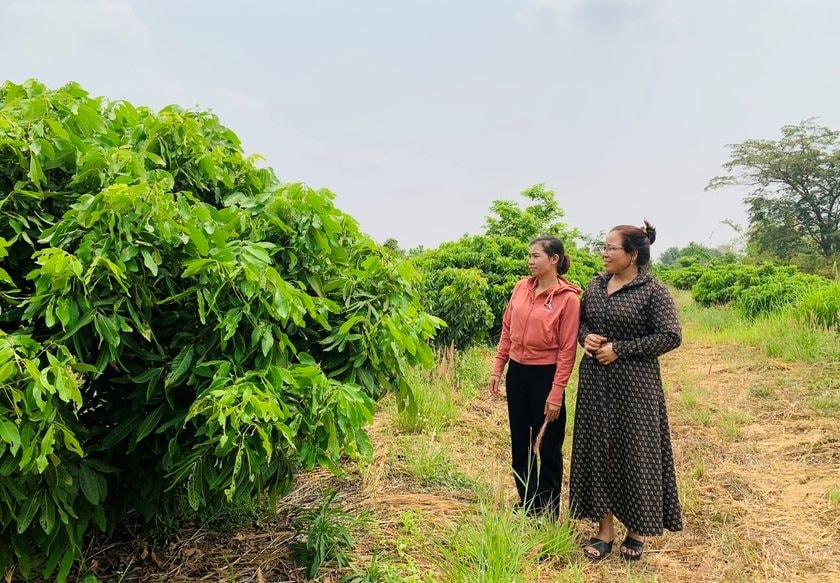
The subjects of application of the Resolution include: Ethnic minorities in ethnic minority and mountainous areas who do not have land for community activities. Individuals who are ethnic minorities and belong to poor households or near-poor households in ethnic minority and mountainous areas and are in one of the following cases: have no residential land, no more or lack of residential land compared to the prescribed residential land allocation limit; have no agricultural land, no more agricultural land or the agricultural land area in use is less than 50% of the agricultural land allocation limit; have a need to rent non-agricultural land for production and business. In addition, it includes agencies performing the function of state management of land, agencies, organizations and individuals related to the implementation of support policies.
Regarding residential land support, this Resolution clearly states: In case there is no residential land or no more residential land, the land user will be allocated residential land or the land use purpose will be changed from another type of land that is being used legally to residential land within the residential land allocation limit as prescribed and the land use fee will be exempted. In case there is a shortage of residential land compared to the minimum residential land allocation limit as prescribed, the land use purpose will be changed from another type of land that is being used legally in the same plot of land or adjacent plot of land to residential land within the residential land allocation limit as prescribed and the land use fee will be exempted.
Agricultural land support: In case there is no agricultural land, no more agricultural land or the agricultural land area in use is less than 50% of the agricultural land allocation limit, agricultural land within the limit will be allocated and no land use fee will be collected. In case the locality no longer has agricultural land fund to allocate land, priority will be given to allocating the land areas under local management originating from agricultural and forestry farms. The arrangement of production land must ensure that the land is not disputed, must be contiguous, contiguous, capable of cultivation and close to residential areas, convenient for production.
Regarding support for leasing non-agricultural land other than residential land for production and business: In case there is no more agricultural land or the agricultural land area in use is less than 50% of the agricultural land allocation limit and no land fund can be arranged, if there is a need to lease non-agricultural land other than residential land for production and business, the land can be leased and the land rent will be exempted according to regulations.
In case there is no more agricultural land or the agricultural land area in use is less than 50% of the agricultural land allocation limit, and land fund can be arranged for communication but there is no need to communicate agricultural land but there is a need to rent non-agricultural land other than residential land for production and business, the land can be leased and the land rent will be reduced according to regulations.
In case of using agricultural land with sufficient area according to the limit and needing to rent non-agricultural land other than residential land for production and business, the project location will be introduced, land will be rented and land rent must be paid according to regulations.
Regarding the implementation principles, the Resolution clearly states that one-time, direct support is provided to communities and individuals of ethnic minorities in ethnic minority and mountainous areas; ensuring publicity, transparency, and correct targets; individuals receiving support must use it for the right purposes; giving proactive authority to localities, increasing people's participation in the process of organizing and implementing policies.
It is known that in Hai Duong province, there are nearly 11,000 ethnic minorities of 53 ethnic groups, living scattered in all 12 districts, cities and towns in the province. Hai Duong currently has only 2 communes in Chi Linh city, Bac An and Hoang Hoa Tham, which are communes in area I of ethnic minorities and mountainous areas with a total of 3,419 ethnic minorities, 191 households including: San Diu people, Chinese people and Tay people.
According to the results of the review of poor and near-poor households in 2023, Hai Duong has 27 poor ethnic minority households and 31 near-poor ethnic minority households. Of which, in the two communes of Bac An and Hoang Hoa Tham, there are 7 poor households and 14 near-poor households.
Source: https://daidoanket.vn/hai-duong-ho-tro-dat-cho-dong-bao-dan-toc-thieu-so-ngheo-va-can-ngheo-o-mien-nui-10291956.html




![[Photo] "Ship graveyard" on Xuan Dai Bay](https://vphoto.vietnam.vn/thumb/1200x675/vietnam/resource/IMAGE/2025/11/08/1762577162805_ndo_br_tb5-jpg.webp)



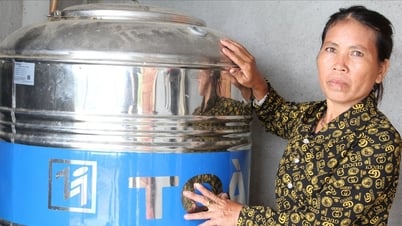

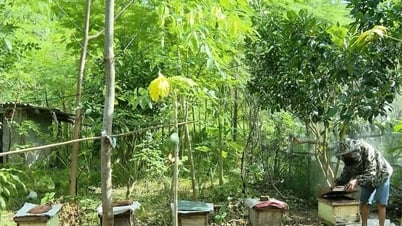
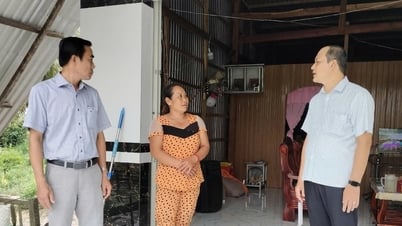
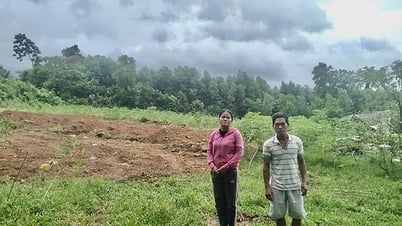
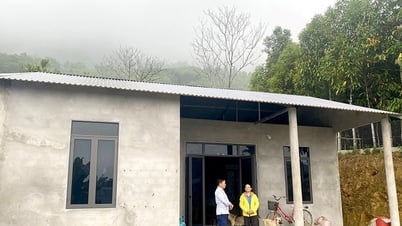




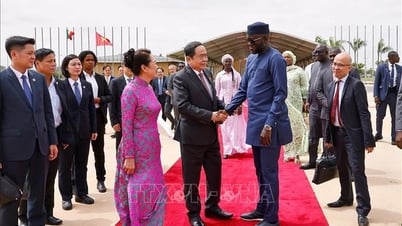










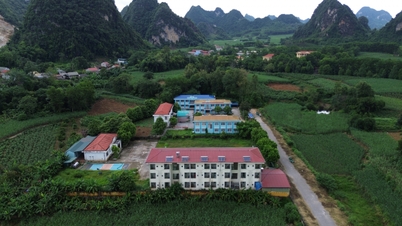
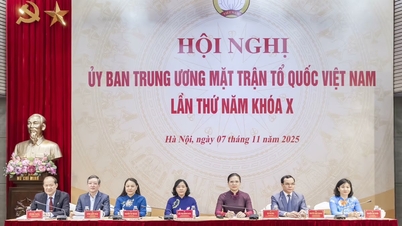







![[Video] Hue Monuments reopen to welcome visitors](https://vphoto.vietnam.vn/thumb/402x226/vietnam/resource/IMAGE/2025/11/05/1762301089171_dung01-05-43-09still013-jpg.webp)






































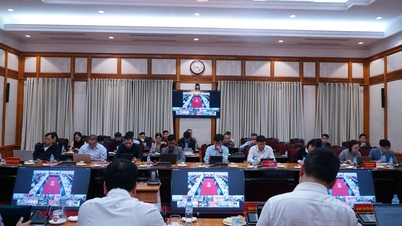

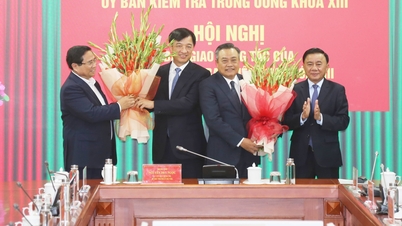




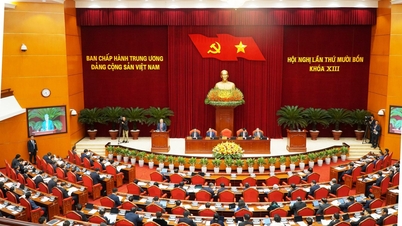
























Comment (0)